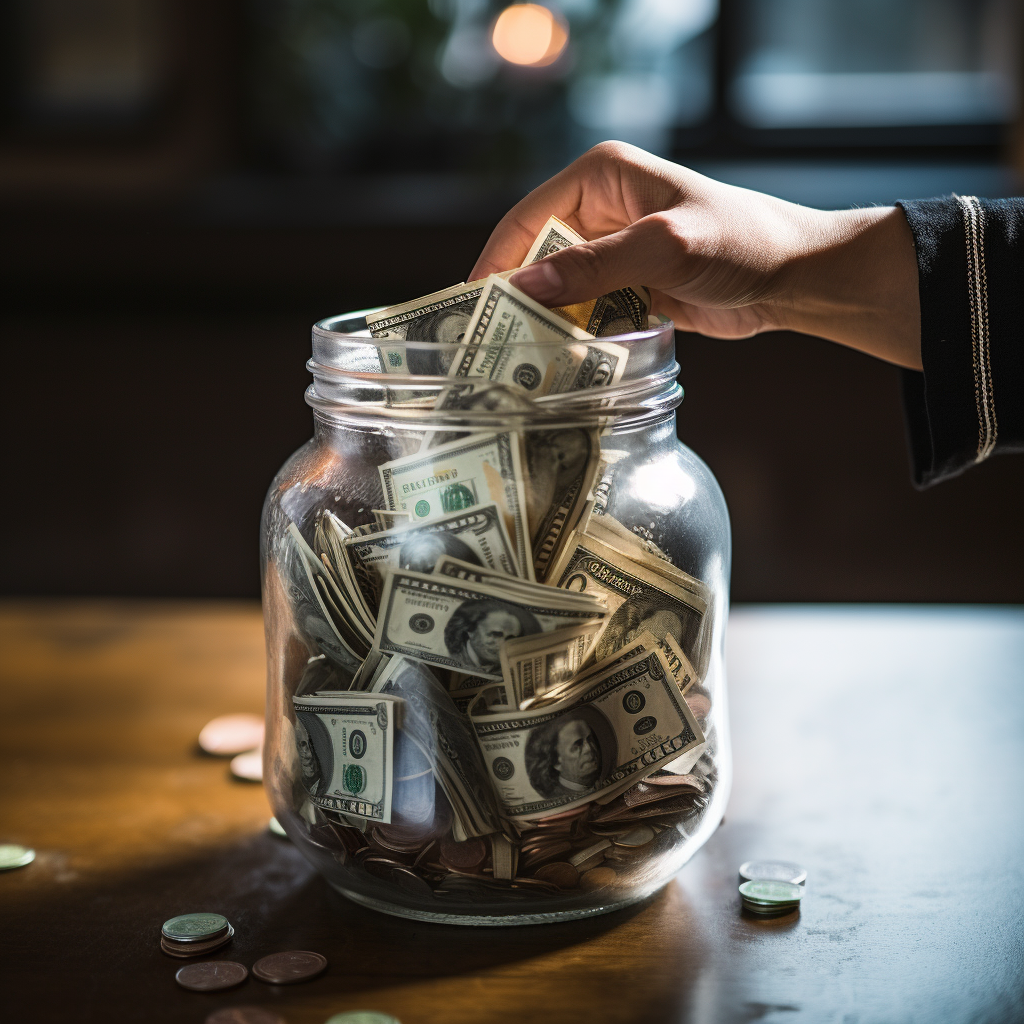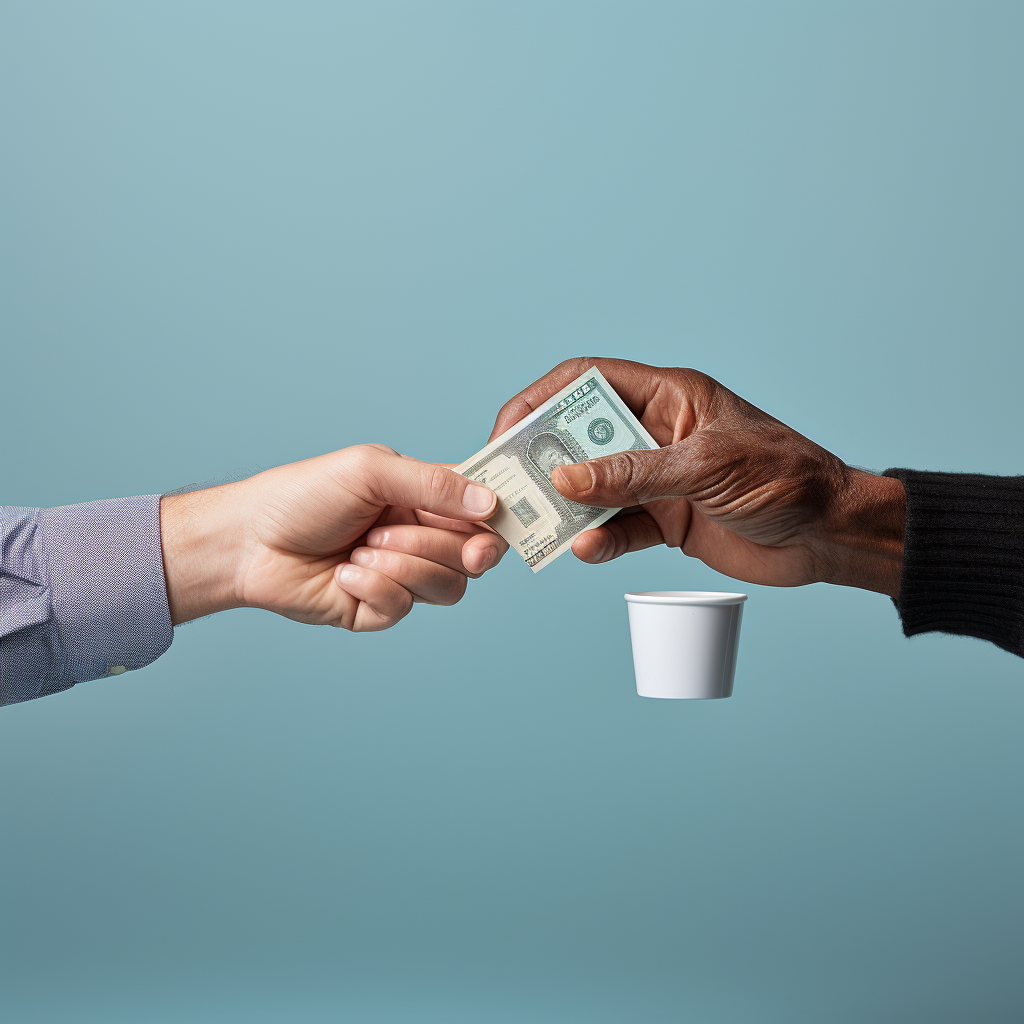In recent years, the tipping landscape has seen a significant shift. From cafes to car washes, the proliferation of tipping requests, facilitated by digital payment platforms, has left many patrons pondering the complexities of this customary practice. This is especially true in the unique settings of Texas wineries, distilleries, and breweries, where the line between standard service and exceptional experience often blurs.
Tipping: A Brief History
There is a rather long history in the U.S. when it comes to tipping, with several of the nuances assisted by government actions. Here is a quick summary as outlined by 7Shifts (https://www.7shifts.com/blog/history-of-tipping-restaurants/):
- Early 1900’s – Several states pass laws abolishing tipping.
- 1926 – The federal government repeals the anti-tipping laws
- 1938 – A new federal minimum wage goes into effect, with the exclusion of tipped workers.
- 1942 – the Supreme Court concludes that a worker is entitled to all of their tips and is not required to share them.
- 1966 – U.S. Congress passes a new law establishing a “tip credit” whereby employers can pay workers less than minimum wage as long as their tips plus hourly wage exceeds the federal minimum wage.
- 1996 – The federal minimum wage is frozen at $2.13, and it hasn’t changed since then.

Understanding the Tipping Terrain
Tipping, at its core, is a gesture of appreciation for service rendered. In traditional settings like restaurants, the norms are well-established, often hovering around the 15-20% mark. However, at wineries, distilleries, and breweries in Texas, the situation is more nuanced. These venues offer a blend of education, entertainment, and hospitality, making the tipping calculus slightly more complex.
Rule of Thumb: Who Do I Tip?
I have witnessed tipping “go nuts” over the past few years to the point where I believe many of us may feel the need to take anti-anxiety medication before going out to take care of business or for entertainment. Is it out of hand? Absolutely. The insanity has gone so far as businesses try to get you to tip at self-checkout machines (Tipping at self-checkout machines: where does the money go? – CBS News). Why would you do that? And to top things off, patrons are feeling the emotional stress about putting zero’s down as a tip, even if it is warranted. This “tip shaming” feeling will eventually lead to a pill advertisement on TV!
What this seriously dangerous precedent being set will do is essentially put inflation, as experienced by the consumer, through the roof. We already go to restaurants, spend $50 for a meal that only two years ago probably only cost $30 – $35, and on top of that throw another 20% for a tip. That makes the meal $60, instead of $42 ($35 + $7). As you can see, the bigger the bill, the bigger the tip.
But when the tipping practice extends to every other aspect of your life, your pocketbook feels it. For example, are you tipping the McDonald’s staff now? Are you tipping store clerks who check you out? Will you be ok with tipping your dentist or doctor next? Undoubtedly you are getting receipts from nearly everyone with a “Tip Line” in it. The question is: Should you put “$0” there? If you tip every time you are asked, your personal “inflation” will be about 20% on top of real inflation which has been about 15% which puts your individual inflation at about 35%. Ouch! (Disclaimer: I know my numbers are a bit off because you obviously wouldn’t tip for everything, but it makes the theoretical point.)

I tried to rationalize this by creating a new rule for myself that is essentially this: “If the people are providing me a service from behind a counter, no tip”. I thought this would work. I know people have become used to tipping Starbucks staff for their coffees, but what makes them any different from a fast-food worker? They both take your order from behind a counter, they both make your order for you (and customize it if necessary), they both make you stand around and wait for the order, and staff at both establishments make at least minimum wage. So, I could see no difference. I think this simple strategy might just work!
Then I thought about bartenders. What do we do with them? I don’t know what they make salary-wise, and I am sure there is some variation. Again, the counter strategy might still be the right one. I think I solved a nation-wide problem!
And then I went to my next wine tasting at a Texas Hill Country Winery …

BACLIFE Crystal Champagne Flutes Set of 6
The Texas Experience: More Than Just a Drink
When you step into a Texas winery, distillery, or brewery, you’re entering a world that’s part tasting room, part historical tour, and part social gathering spot. These venues often provide an immersive experience, sharing knowledge about their craft, local history, and the unique qualities of their products. This level of engagement goes beyond the standard service experience, warranting consideration in your tipping decision.
Tipping at Tastings: A Guideline
At many of these establishments, you might partake in a tasting session, where an expert guides you through a selection of offerings. This interactive experience is not just about pouring drinks; it’s an educational journey. If your host goes above and beyond, showcasing their expertise and enhancing your experience, tipping becomes a fitting way to express your gratitude.
A server at a winery can enhance the guest experience in several ways to merit a tip. Here’s a list of actions that not only reflect excellent service but also significantly increase the likelihood of receiving a gratuity:
- Knowledgeable Guidance: Demonstrating extensive knowledge about the different wines available, including their origins, flavor profiles, and ideal pairings, adds immense value to the guest experience.
- Attentiveness and Responsiveness: Being attentive to guests’ needs, promptly refilling glasses, and responding quickly to requests or questions shows a high level of customer service.
- Personalized Recommendations: Offering personalized wine recommendations based on guests’ preferences or previous selections can make the experience more tailored and special.
- Engaging Storytelling: Sharing interesting stories or facts about the winery, the winemaking process, or the history of certain wines can enrich the visit and make it memorable.
- Creating a Welcoming Atmosphere: Greeting guests warmly, maintaining a friendly demeanor, and ensuring a comfortable and inviting tasting environment contribute significantly to the overall experience.
- Handling Special Requests: Accommodating special requests, whether it relates to seating preferences, dietary restrictions, or other needs, demonstrates flexibility and commitment to guest satisfaction.
- Efficient Service: Ensuring that tastings proceed smoothly and efficiently, without making guests feel rushed or neglected, is key to a positive experience.
- Closing with Gratitude: Ending the visit with a sincere thank you and an invitation to return shows appreciation for the guests’ business and encourages future visits.
By incorporating these practices, a server at a winery not only elevates the guest experience but also sets the stage for a well-deserved tip.

So, this became my first exception to the “behind the counter” rule. In this case, although the person is behind the counter, they may be providing you with more service than just pouring wine out of a bottle and into your glass. It is that service you are paying for, and I have no problem tipping under that circumstance. Note that I am also careful to only tip on the tasting, and not any wine I might purchase. That is just a straightforward purchase. For example, if the tasting is $25, and I but 2 bottles of wine for $40 each, the total is $105. I would tip $5 for the tasting (20% of $25), not $21 (20% of $105)! Many winery goers make this mistake.
Group Tours and Special Events
Special events like guided tours or private tastings often involve more detailed and personalized attention. In these instances, consider tipping as you would for a similar level of service in a different setting – if the experience is exceptional, a tip is a wonderful way to acknowledge the effort put into making it memorable.
Recommendations for Tipping at Texas Wineries, Distilleries, and Breweries
- Standard Tasting Sessions: For a typical tasting, where the service is good but perhaps not extensively personalized, a tip of 10-15% is a generous way to show appreciation.
- Enhanced Experiences: If your host provides an in-depth tour, shares unique insights, or offers an exceptionally engaging experience, consider tipping 15-20%.
- Private Events and Tours: For private or specialized events where the staff goes above and beyond to cater to your group, a tip of 20% or more can be appropriate, reflecting the level of personalized attention received.
- No Pressure: Remember, while tipping is appreciated, it’s not mandatory. Gauge your tipping based on the quality of service and your personal comfort.
- Non-Monetary Appreciation: If tipping isn’t feasible, remember that expressing sincere thanks, leaving positive reviews, and recommending the venue to friends are also valuable ways to show your appreciation.
In conclusion, when visiting Texas wineries, distilleries, and breweries, let your tipping reflect your experience. Whether it’s a modest gesture for standard service or a more generous amount for an exceptional encounter, your tips go a long way in acknowledging the unique blend of hospitality and expertise these establishments offer.

